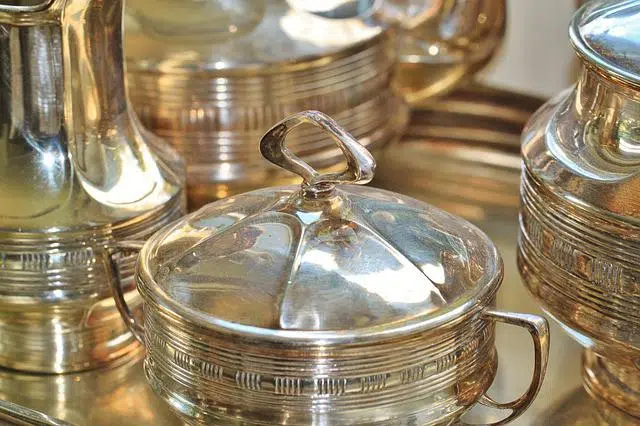
Goldsmithing consists of the carving of products from precious metals or alloys.
Determining the etymological origin of the term goldsmithing means going to Latin, since it is from that language that it emanates. Specifically, we can say that the word aurifex comes from, which was derived from the sum of two clearly differentiated parts: the word aurum , which can be translated as "gold", and the verb facere , which is synonymous with "to make".
Goldsmithing is the art of making objects , whether ornaments or utensils , from precious metals or their alloys . The goldsmith usually works with gold or silver to develop his works. For example: "My grandfather is a master of goldsmithing," "The presidential cane is an example of the best of national goldsmithing."
Origins of goldsmithing
The history of goldsmithing is very old. Already in prehistory ( Neolithic period ), humans made pieces of copper, bronze, silver and gold, such as vessels , statues and necklaces. The first ornamentations were geometric, with straight lines, circles and a few curves.
The first worked gold on record is found in the Varna Necropolis , an archaeological site in Bulgaria that dates back to the Chalcolithic period (between 4,600 BC – 4,200 BC). Almost a thousand gold objects such as scepters, bracelets and necklaces were found there.
Over time, various goldsmithing techniques were developed. The process began to include melting the raw material, hammering, beating, cutting, finishing , and plating or gilding. The assemblies, for their part, could be made using different types of welding (by solid phase diffusion, with the addition of a soldering alloy , etc.).

Goldsmithing can produce luxury objects.
Current techniques
Today's goldsmiths use numerous decorative techniques to create true works of art.
Inlaying (with punches that allow the metal to be curved), stamping (pressure with a hammer blow to reproduce a relief drawing), dotting (with a chisel), graining (with soldered gold granules) and filigree (using threads welded to a base sheet) are some of them.
Religious goldsmithing
Currently one of the fields in which goldsmiths work the most is the religious field. And in those countries, for example, where Catholicism is the reigning religion, a multitude of articles made by that art are required both to ornament images and churches.
All of this without forgetting that goldsmiths specialized in this field also find it necessary to create all types of items of great majesty and solemnity so that the processional steps that take to the streets as a sign of faith look simply spectacular.
Hence, in the case of religious goldsmithing, products such as crowns for virgins, candelabras, powers for images of Christ, crosses, hyssops, lanterns, poles, banners or poles for the canopies stand out.
It should also be noted that this artistic branch becomes key for Catholic parishes since they require a series of utensils made by them in order to officiate the corresponding liturgical acts. Specifically, among these items you can find, in silver or gold, from incense burners to candlesticks, shells for baptism or chalices.
